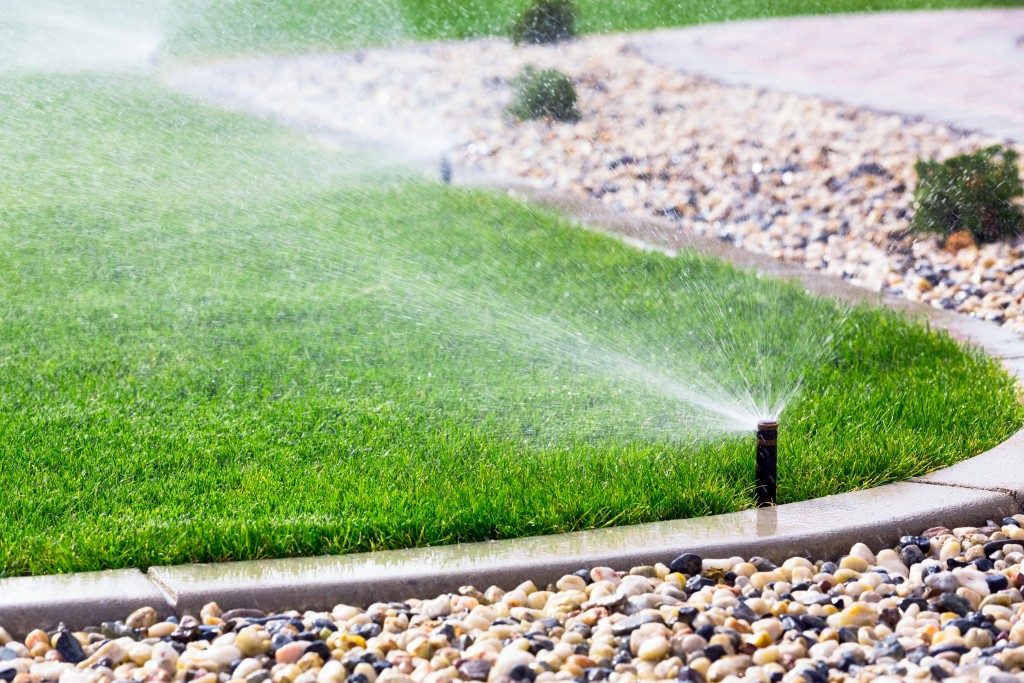Houseplants can brighten any indoor space, allowing homeowners to bring the beauty of the outdoors inside — and one of the best plants to grow indoors is the vine plant. However, since this plant species tend to grow faster and voraciously and often with no regard to the parameters, caring for them is a bit ‘unique.’If you’re considering growing these lovely plants in your home, here are some tips to consider:
Planting Vine Plants
Generally, when planting vine plants, it’s best to place them 11 to 17 inches away from the walls of the base support structure of your home and so that water can reach the plants’ roots. When growing vine plants indoors, they often attract unwanted pests, such as beetles, spiders, and aphids, and like to inhabit a mat of ivy or vine walls the best. That’s why it’s best to hire a pest exterminator, to have your home checked periodically.
Choose the Right Seasons
The best time to grow your vine plants is during the right seasons and typically depends on the vine plant you’re planning on cultivating. For instance, in the spring, the best climbing plant is the clematis, which looks best on pergolas. Meanwhile, in the summertime, star jasmine, roses, and honeysuckles are fantastic choices. Lastly, during the colder seasons, fall and winter, grapevines and ivy thrive the best.
Common Indoor Vine Plants to Choose From

There are many vine plants you can grow indoors, but if you’re a beginner in the houseplant practice, consider planting the most common ones first as they’re often easiest and require little management.
These include:
Philodendron is one of the most common vine plants and boasts over 200 species, with some climbing and non-climbing varieties. You can grow them in hanging pots and like indirect sunlight, occasional watering, and feeding.
Photos often form heart-shaped vines like the philodendron, and it’s best grown in hanging baskets. This plant doesn’t need much light. It only needs periodic watering and thrives best with regular trimming.
Swedish Ivy has shiny green foliage hanging down in long ‘arms’ and grows fast. It prefers low to moderate light exposure.
Other common vine plants you should consider growing indoors are the spider plant, wandering jew, Mandevilla, black-eyed Susan vine, and Bougainvillea.
Water Needs and Fertilize
You need to carefully monitor vine plants’ water needs because though most of them are tolerant of too little irrigation, the most common cause of death for houseplants is still overwatering. Generally, the best time to water your vine plants is when their soil becomes completely dry. Ideally, water your vine plants in the morning for the best results.
Also, don’t forget to fertilize your plants, especially during the growing season, which is typically early spring for vine plants. Plus, they may need to get repotted occasionally.
Best Time to Trim Vine Plants
One of the main reasons seasoned gardeners love planting vine plants is their length and abundance, but trimming them is essential to ensure their health and growth. Most plants benefit from getting a trim and knowing when to do it is crucial. For example, the best time to prune climbers is during the winter, while clematis during the late-summer or fall.
Most people think that vine plants are only suitable for outdoor spaces, but you can cultivate them inside too, adding richness and depth to your home — and with the proper knowledge and tips mentioned intact, you’ll have healthy and luscious happily growing vine plants in no time.









